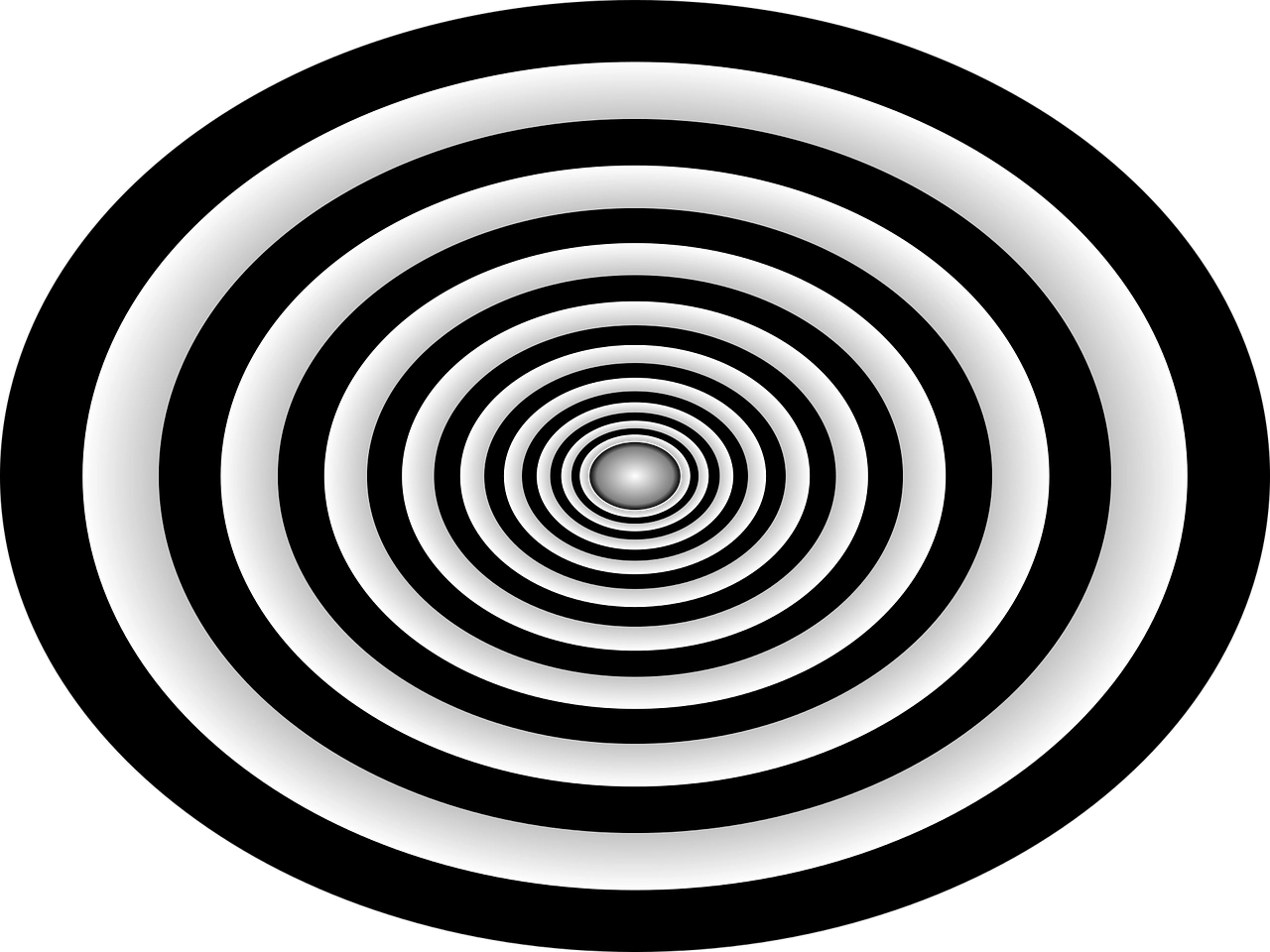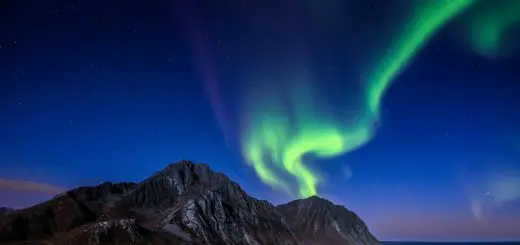The Lost Runestones: Ancient Inscriptions of Power

Looking for more amazing products? Check out our online store and explore our collection here! Happy shopping!
Before diving in, please note: This post is for informational purposes only. If you’d like to know more about how we approach topics, feel free to check out our friendly Disclaimer Page.
Hey there, amazing readers! 
We’re committed to delivering quality posts, and your support (even just sticking around despite the ads) means everything to us. So, bear with us, and thanks for helping us keep the good vibes rolling. Now, on to the fun stuff!
TRANSLATE BUTTON AT THE END OF THE ARTICLE
Overview: The Lost Runestones: Ancient Inscriptions of Power
The Lost Runestones hold a unique place in history, captivating the minds of scholars and enthusiasts alike.
These ancient inscriptions, discovered in various parts of the world, have fascinated researchers for centuries due to their historical significance and mysterious origins.
This article delves into the world of runestones, covering their development, disappearance, enigmatic powers, decipherment efforts, famous discoveries, controversies, role in Norse mythology and culture, their symbolic representation of power and prestige, modern uses and interpretations, as well as the importance of preserving and studying their legacy.
Introduction to Runestones and their Historical Significance
Runestones are large, carved stones that bear inscriptions in runic script, an ancient writing system used primarily by Germanic peoples during the Viking Age.
These stones served as markers, memorials, or even boundary stones, often commemorating important events, individuals, or victories.
They were intricately decorated with intricate patterns and symbols, making them not only functional but also visually striking.
The historical significance of these runestones lies in their ability to provide invaluable insights into the past.
The inscriptions shed light on the language, culture, and history of the people who created them.
They offer glimpses into the lives of ancient societies, their religious beliefs, and interactions with neighboring communities.
Furthermore, runestones have proven to be vital in understanding the Viking Age and its impact on the world.
The Origins and Development of Rune Writing
The origins of runic writing can be traced back to the Elder Futhark, the earliest known runic alphabet.
This alphabet consisted of 24 characters and was primarily used between the 2nd and 8th centuries CE.
Over time, the runic script evolved, giving rise to various regional variations known as Younger Futharks.
The development of rune writing was strongly influenced by the Latin alphabet, with certain runes resembling Latin letters.
However, runic script maintained its unique features, such as angular shapes and straight lines, which facilitated carving inscriptions onto stones or wood.
This distinctive style contributed to the visual appeal of runestones and aided their preservation through the ages.
The Mysterious Disappearance of Runestones
Despite their historical significance, many runestones have been lost to time.
The reasons for their disappearance vary, including factors such as erosion, deliberate destruction, or simply being repurposed for other construction projects.
Additionally, as the Viking Age came to an end, the cultural and religious changes in the region led to a decline in the use of rune writing, which further contributed to the disappearance of runestones.
The Enigmatic Powers Believed to be Embodied in Runestones
One of the most intriguing aspects of runestones is the belief in their embodiment of mystical powers.
In Norse mythology, runes were believed to possess magical qualities that could be harnessed by those who understood their meaning.
The inscriptions on runestones were seen as invocations, capable of affecting the world around them.
It was believed that runestones could offer protection, bring good fortune, or even curse enemies.
Efforts to Decipher and Understand Runestone Inscriptions
Deciphering and understanding the inscriptions on runestones has been a challenging task for researchers.
The complexity of the runic script, combined with the varying regional variations, has posed difficulties in accurately interpreting the messages.
Linguistic analysis, comparison with other runestones, and cross-referencing with historical records have all played crucial roles in deciphering the inscriptions.
Additionally, advancements in technology, such as digital imaging and linguistic databases, have greatly aided researchers in their efforts.
Famous Runestone Discoveries Around the World
Explore the Path to Spirituality and Enlightenment – Start Here.
The world has witnessed several remarkable runestone discoveries that have added to our understanding of history.
One of the most famous runestones is the Rök Stone in Sweden, known for its lengthy inscription and intricate carvings.
Another notable example is the Jelling Stones in Denmark, considered to be significant in Denmark’s conversion to Christianity.
The Kensington Runestone in the United States has sparked controversy due to its disputed authenticity.
These discoveries, among many others, have shed light on various aspects of ancient societies and their beliefs.
The Controversies Surrounding Runestone Authenticity
The authenticity of certain runestones has been a subject of debate among scholars and experts.
The Kensington Runestone, discovered in Minnesota, has been a particularly contentious case.
Some argue that it is a genuine Viking artifact, while others claim it to be a hoax.
The controversies surrounding runestone authenticity highlight the importance of rigorous analysis and interdisciplinary approaches to determine their true origins.
The Role of Runestones in Norse Mythology and Culture
In Norse mythology and culture, runestones held immense significance.
They were closely associated with the god Odin, the god of war, wisdom, and magic.
The inscriptions on runestones often invoked Odin, seeking his protection or guidance.
Additionally, runestones played a role in rituals and ceremonies, serving as connections between the mortal realm and the divine.
Runestones as Monuments of Power and Prestige
Runestones were not only functional markers but also symbols of power and prestige.
Erecting a runestone was a display of wealth and influence, showcasing the status of the individual or family responsible for its creation.
These stones served as a testament to the achievements, victories, or important events associated with the person or group they commemorated.
The grandeur and craftsmanship of runestones emphasized the authority and standing of those who commissioned them.
Modern Uses and Interpretations of Runestones
While runestones originated in ancient times, they continue to captivate modern imagination.
Today, runestones are often used as decorative elements or objects of fascination for enthusiasts of Norse mythology and history.
Additionally, some people still believe in the mystical powers associated with runes and use runestones for divination or personal empowerment.
The modern interpretations of runestones reflect the enduring allure of these ancient inscriptions.
Preserving and Studying the Legacy of Runestones
Preserving and studying runestones is of paramount importance to ensure the continuation of our understanding of history and ancient cultures.
Efforts are being made to safeguard these ancient artifacts from further erosion or destruction.
Digital documentation, including high-resolution imaging and 3D modeling, allows for detailed analysis and preservation of runestones.
Furthermore, continued research and collaboration among experts across various disciplines are crucial in unraveling the secrets held within runestone inscriptions.
Conclusion
The Lost Runestones offer a fascinating glimpse into the past, with their historical significance, enigmatic powers, and rich cultural heritage.
These ancient inscriptions continue to captivate scholars and enthusiasts worldwide.
From their origins and development to their mysterious disappearance, runestones have left an indelible mark on history.
The study and preservation of runestones play a vital role in unraveling the secrets of ancient societies and their beliefs.
Through continued efforts, we can ensure that the legacy of runestones endures, providing valuable insights into our shared human history.

The Enlightenment Journey is a remarkable collection of writings authored by a distinguished group of experts in the fields of spirituality, new age, and esoteric knowledge.
This anthology features a diverse assembly of well-experienced authors who bring their profound insights and credible perspectives to the forefront.
Each contributor possesses a wealth of knowledge and wisdom, making them authorities in their respective domains.
Together, they offer readers a transformative journey into the realms of spiritual growth, self-discovery, and esoteric enlightenment.
The Enlightenment Journey is a testament to the collective expertise of these luminaries, providing readers with a rich tapestry of ideas and information to illuminate their spiritual path.
Our Diverse Expertise
While our primary focus is on spirituality and esotericism, we are equally passionate about exploring a wide range of other topics and niches 

To ensure we provide the most accurate and valuable insights, we collaborate with trusted experts in their respective domains 
Our blog originally focused on spirituality and metaphysics, but we’ve since expanded to cover a wide range of niches. Don’t worry—we continue to publish a lot of articles on spirituality! Frequently visit our blog to explore our diverse content and stay tuned for more insightful reads.
Hey there, amazing reader! 
Check out our store here and take a peek at some of our featured products below! Thanks for being awesome!














